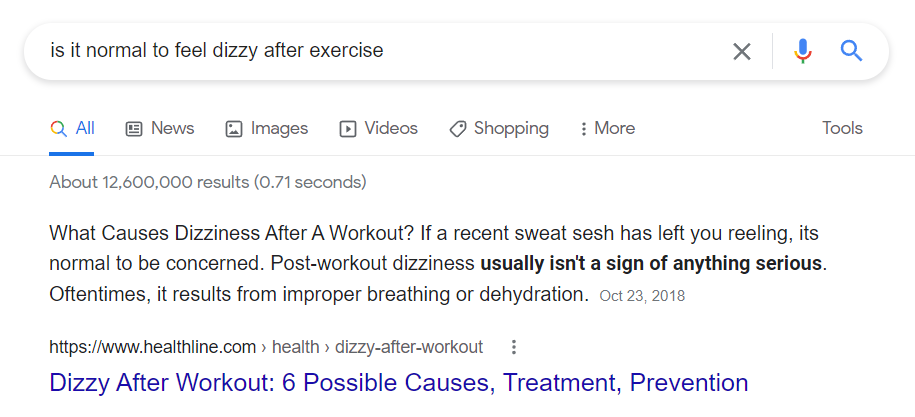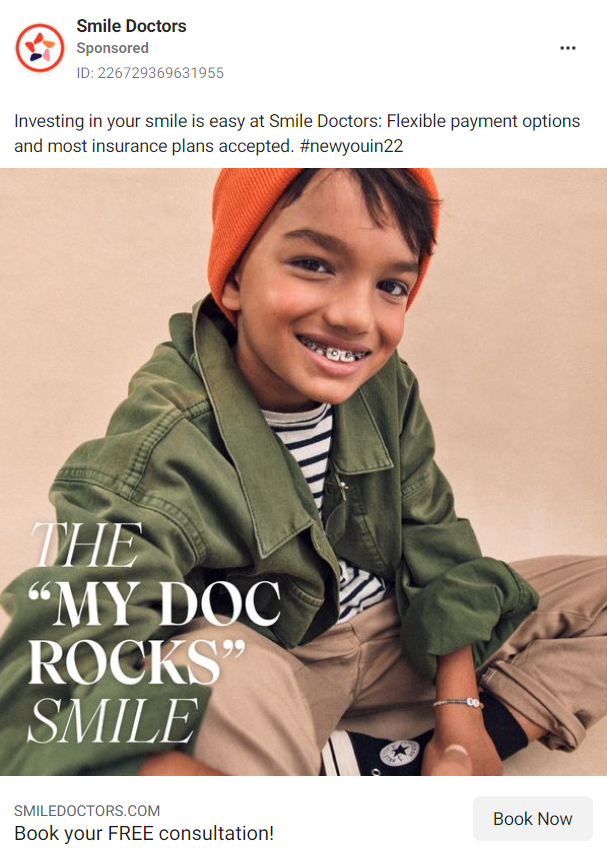We’re kidding ourselves if we think healthcare consumers aren’t in control. That their unprecedented level of choice and digital agency isn’t driving the evolution of the healthcare marketing funnel. Need a dentist? Pick up your smartphone, run a local Google search, and have a practice on the horn within minutes.
Considering rhinoplasty? You can probably find a patient testimonial video that will give you an idea of what the process looks like. Does it hurt? How long is the recovery period? What about insurance? Who knows—maybe that’s all the information you need to book an initial consultation.
The point is, things are less linear these days for healthcare consumers. Some start at the beginning of the funnel and follow a linear path. Others slide in edgewise and turn the whole thing on its head. This presents some new considerations for healthcare marketers.
It’s no longer enough to rely on simply capturing demand at the bottom of the funnel—you need to be present at all stages and enrich their experience.
Related: 10 Healthcare Marketing Trends for 2022
First, An Overview of Healthcare Marketing Funnel Stages
At a high level, the healthcare marketing funnel stages breakdown as follows:
1. Top: Awareness
At the top of the funnel, healthcare consumers are typically dipping their toes in the water. They have a healthcare issue but may not know exactly what is wrong or how to treat it. They’re looking for information to better understand their symptoms and what to do next.
Here is an opportunity to show consumers that you know a thing or two about their problem. You can use blog posts, checklists, infographics, and other content to educate people and help them. This is a great way to reach people on search engines when they’re asking Google questions like “why does my tooth throb when I eat ice cream” or “is it normal to feel dizzy after exercise.”

You might also consider social media campaigns as a way to educate prospective patients on common issues that they may not even be aware of. Instead of waiting for them to search, you’re highlighting medical issues they’ve yet to articulate on the channels they spend the most time on.
2. Top-Middle: Consideration
At this stage, people are looking for solutions. They have a better idea of their medical issue and are now trying to fix it. They’re looking for educational content, customer testimonials, and other material that helps them understand their choices better. This stage is a great opportunity to educate, nurture, and engage consumers, typically with:
- Robust solutions and treatment pages
- Case studies and patient testimonials
- Email marketing sequences that keep them engaged as they evaluate treatment options
3. Bottom-Middle: Decision
At this point, patients are ready to receive care. They’re evaluating providers, and whoever can demonstrate their credibility and offer a great patient experience will likely win. Don’t forget they’re also considering simple things like:
- Insurance accepted
- Location
- Hours and availability
You want to make it as easy as possible for consumers to convert into appointments, calls, or consultations—whatever a bottom-middle conversion looks like for you. As far as content or campaigns go, this is the time to introduce success stories and special offers to entice someone on the fence.

This is also the time to consider conversion rate optimization (CRO) best practices that make it easier for consumers to find and complete your form, call the office, or convert on a landing page.
4. Bottom: Buy Long-Term
Here’s where you convert consumers into long-term patients. It’s where you build loyalty through stellar experiences. Your quality of service, communication, and follow-up will all be highly important at this stage in the funnel. Here are some ways to bring value at the bottom of the funnel:
- Personalizing email nurturing campaigns in which they receive tips, guidelines, and other info that helps them make better health decisions
- Appointment preparation, text and email reminders, and follow-up info
- A patient portal and mobile app for more personalized experiences
- Periodic direct mail reminding consumers how they can get most out of their patronage
How the Healthcare Marketing Funnel is Evolving
What’s different today is the need to account for a proliferation of variables—far more variables than the traditional marketing funnel. For one thing, the funnel is flattening, meaning it doesn’t always resemble the upright funnel graphics that often depict it.
Often, the four stages we’ve outlined above will blur. Occur out of order. Simultaneously. At the very least, most healthcare marketing funnels are more non-linear these days, with people moving back and forth through phases as they near their healthcare decisions.
There are also the people in the consumer’s decision-making unit to consider, too. A decision-making unit includes brothers, sisters, sons, daughters, husbands, wives—anyone that influences the decision. You’ll find decision-making units involved with complex decisions like senior care, surgical treatments, etc. And like the healthcare consumers they support or advocate for, members of the decision-making unit have their own informational needs across the funnel.
The Case for a Full-Funnel Marketing Strategy
Relationships are important. Healthcare consumers tend to stick around, follow up, and come back when their providers continue to elevate their experiences. In business-speak, we might call this value creation. In human-speak, we’re talking about cultivating loyalty.
Here’s Jacob Ader, Julien Boudet, Marc Brodherson, and Kelsey Robinson on this very topic, writing for McKinsey:
“Many CMOs shift too much of their marketing spend toward the easy-to-justify capture of customers at the bottom of the funnel at the expense of the less tangible generation of customer demand and attention at the top. This skew toward bottom-of-the-funnel campaigns has significant implications for long-term value: data from three large marketers in media and apparel retail industries indicate that customers who have an emotional connection to a brand tend to be more loyal and valuable over time than those who arrive at a site because of a generic keyword search or social media ad.”
What does that “less tangible generation of customer demand and attention at the top” look like? Many different things. An ad I recently encountered for Invisalign comes to mind. The company offers a convenient approach to getting affordable teeth straighteners. Where did I encounter that ad? While listening to a podcast.
The point is, it was more human, memorable, and relatable than, say, a PPC ad. And that made a brand impression on me the listener. Of course, there’s one more step to this approach: consistency and reinforcement. Achieving brand consistency across channels is no small feat (nor is measuring brand performance). However, the more consistent you can be, the more unified the experience will be no matter the consumer’s entry point into the funnel.
As consolidation increases in the healthcare industry and markets become more competitive, it’s not enough to simply focus on the high-intent consumers at the bottom of the funnel. You need to build your brand and create consumer demand—and that requires a full-funnel marketing strategy.
Lastly, Think Holistically and Think Consumer-First
It’s not that the four layers of the marketing funnel are going by the wayside—they’re most certainly not. But the days of top-loading or bottom-loading the healthcare marketing funnel do seem to be numbered. And while marketers can’t account for every variable across this new, non-linear funnel, they can do one thing that will permeate the funnel far and wide: They can get to know their target consumer’s needs, wants, fears, and aspirations.
When marketing campaigns, content, and other activities map back to a firm understanding of the consumer, the rest seems to take care of itself.
